
Related Artworks
Discover similar artworks
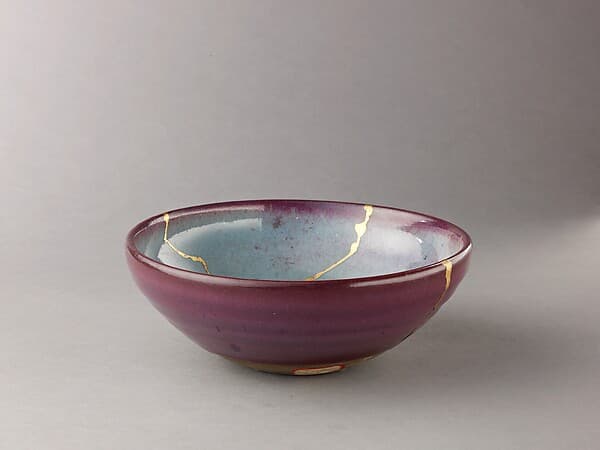
Bowl, possibly a copy of Jun ware
possibly 13th century
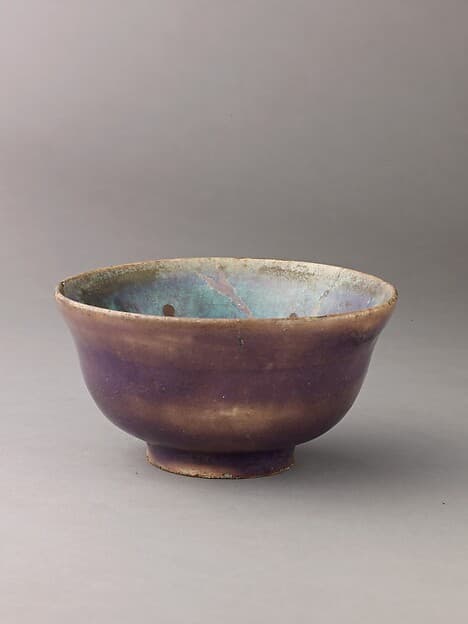
Bowl
unknown

Ruins, with a Statue on the Left
ca. 1728
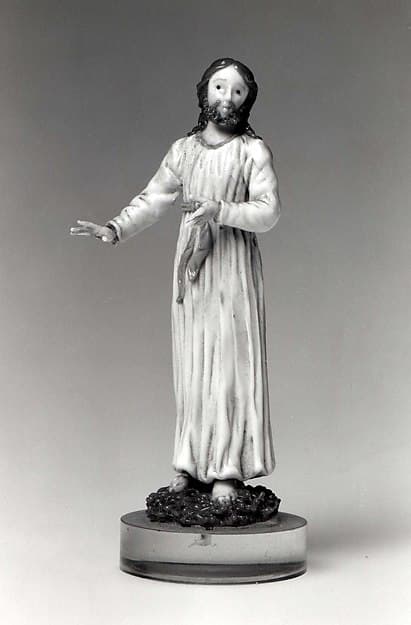
Christ
last half 18th century

Study of a Female Head
1890
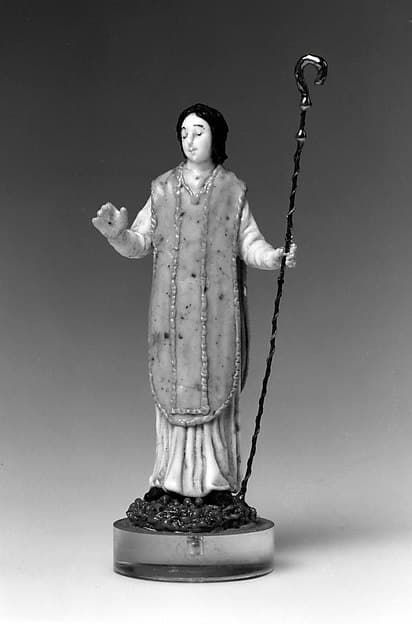
A Bishop
last half 18th century
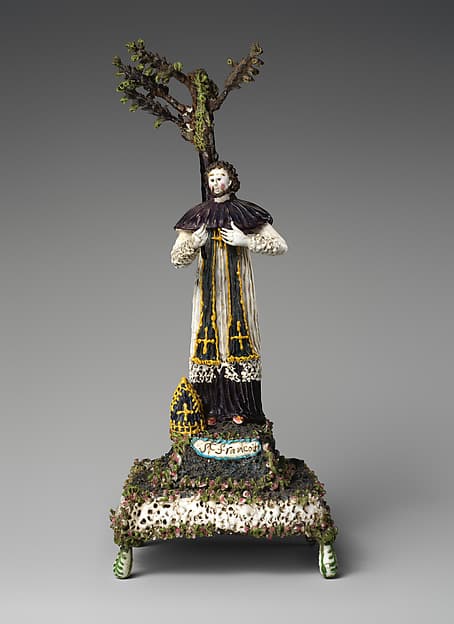
Saint Francis de Sales
last half 18th century

Interior of Saint Peter's
ca. 1758

An Acolyte
last half 18th century
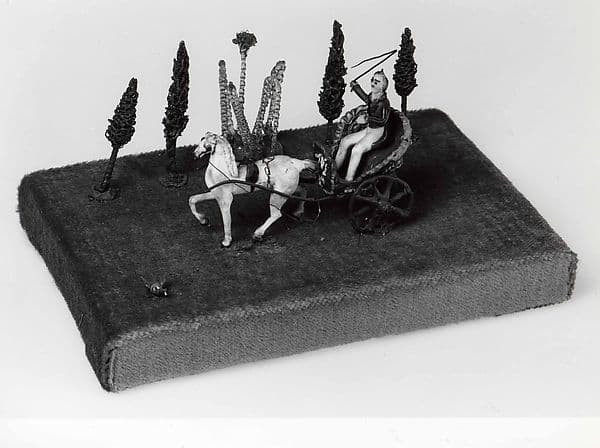
Cabriolet with Driver
mid-19th century

Part of a tabernacle frame
late 16th century
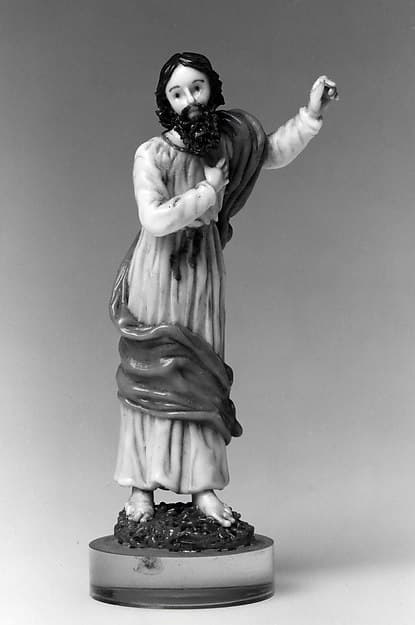
Saint John the Baptist (?)
last half 18th century
More by Bernard Palissy
Explore other works by this artist
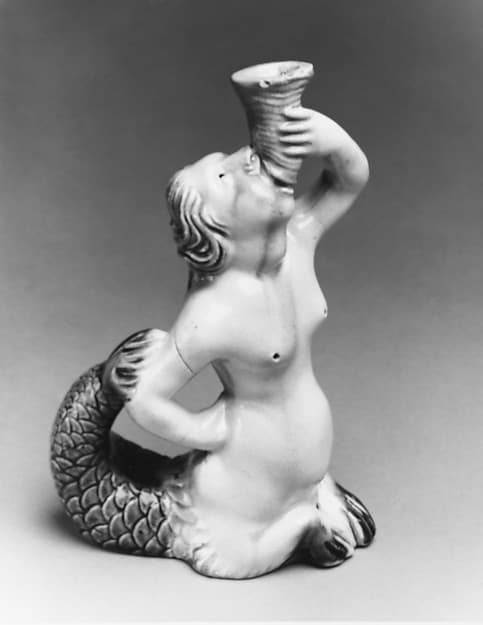
Figure of a Nereid
1600–1610

Plateau
19th century

Dish with Diana and the stag
17th century or later

Dish with Diana, the Nymph of Fontainebleau
late 16th–early 17th century

Dish with Allegory of Autumn
second half 17th century or later

Platter
second half 19th century

Dish with Allegory of Summer
second half 17th century or later

Dish
19th century

Dish with Pomona
late 16th or early 17th century

Dish
first half 17th century or later

Dish
second half 17th century or later

Dish
possibly second half 16th century